Understanding How They Grab and Hold User Attention
Buy CPC Traffic | Buy Display Ads | Exclusive traffic sources | Buy Push Ads | Popunder ADS | Buy Native Ads | Buy Preroll Ads
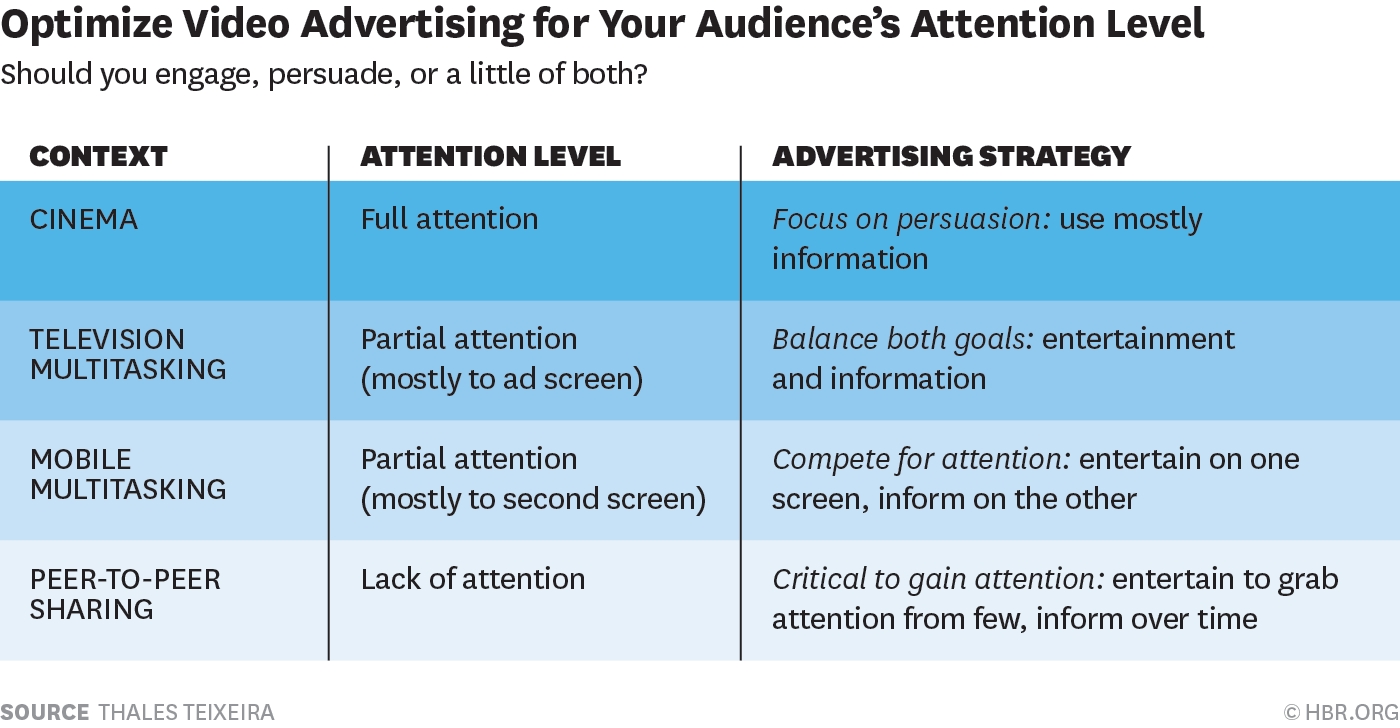
Buy CPC Traffic | Buy Display Ads | Exclusive traffic sources | Buy Push Ads | Popunder ADS | Buy Native Ads | Buy Preroll Ads
In the fast-paced world of digital advertising, capturing user attention is a constant challenge. Marketers are always seeking innovative ways to grab the attention of their target audience and promote their products or services effectively. One method that has become increasingly popular is the use of popunder ads. These ads have gained attention not only for their attention-grabbing nature but also for their ability to engage users in a unique way.
So, what exactly are popunder ads? Put simply, they are a type of online advertisement that opens in a new browser window behind the current webpage being viewed. This placement allows the ad to capture the user's attention without interrupting their browsing experience. Unlike pop-up ads that appear in front of the current page, popunder ads load discreetly in the background, allowing users to continue their online activities while still being exposed to the ad.
The science behind how popunder ads capture user attention lies in their timing and context. By appearing behind the main browser window, these ads surprise users and trigger their curiosity. This unexpected element makes users more likely to notice the popunder ad and engage with its content. Additionally, popunder ads are typically triggered by specific actions, such as clicking on a link or visiting a specific webpage. This targeted timing ensures that users are already interested in the topic or content related to the ad, increasing the chances of capturing their attention and generating a response.
Another powerful aspect of popunder ads is their ability to make use of multimedia elements. These ads can incorporate attention-grabbing visuals, videos, or interactive elements that further engage the user. By leveraging various sensory stimuli, popunder ads can create a lasting impact in the user's mind and strengthen their connection with the advertised brand or message. This combination of surprise, context, and multimedia elements makes popunder ads a highly effective tool for captivating user attention in the digital advertising landscape.
The Science Behind Popunder Ads
Popunder ads are a popular form of online advertising that have been proven effective in capturing user attention. Understanding the science behind why they work can help marketers optimize their campaigns and achieve better results.
One of the main reasons popunder ads are successful is the element of surprise. They appear unexpectedly and catch users off guard, making them more likely to pay attention to the content being presented. This surprise factor triggers the brain's novelty response, causing a momentary distraction from other tasks and focusing attention on the ad.
Another key factor is the use of motion and animation. Popunder ads often contain eye-catching visuals and dynamic content that grabs the user's attention. Research has shown that our brains are naturally drawn to movement, and this instinctive response can be leveraged to make advertisements more engaging. By using motion, popunder ads create a sense of urgency and excitement, encouraging users to take action.
Furthermore, popunder ads are designed to be visually distinct from the webpage they appear on. They may use bright colors, bold fonts, or compelling imagery to stand out from the surrounding content. This visual contrast helps the ad grab the user's attention and make a lasting impression.
Additionally, popunder ads leverage the concept of priming. By appearing in a separate window or tab behind the user's main focus, they circumvent the brain's attention filter. This primes the user's subconscious mind to process the ad even if they don't actively engage with it. This subconscious exposure can influence future behavior and increase the likelihood of conversion.
While popunder ads can be an effective marketing tool, it's important to consider user experience and avoid excessive or intrusive implementation. By partnering with native traffic sources that prioritize user engagement, marketers can ensure that their popunder ads are delivered in a respectful and non-disruptive manner.
In conclusion, the science behind popunder ads is rooted in the principles of surprise, motion, visual contrast, and priming. Understanding these underlying factors allows advertisers to create more engaging and effective campaigns, while still considering the user's experience.
Understanding Popunder Ads
Popunder ads are a type of online advertising that has gained popularity in recent years. Unlike pop-up ads that appear on top of a webpage, popunder ads are displayed beneath the current browser window, making them less intrusive and more likely to grab the user's attention.
How popunder ads work
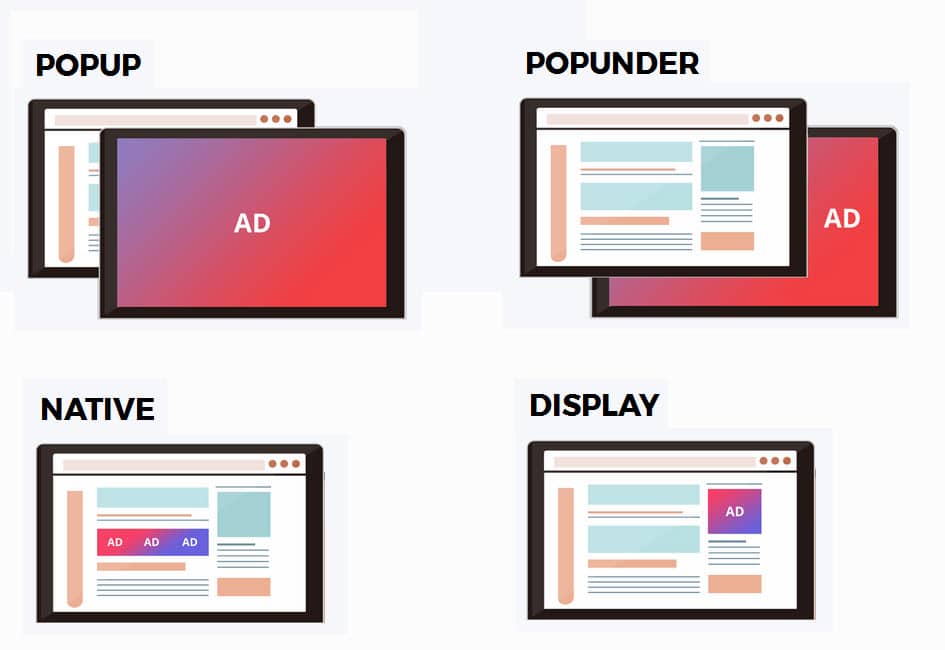
When a user visits a website, a popunder ad is typically triggered by a specific action, such as clicking on a link or button. Once triggered, the popunder ad opens in a new browser window, hidden beneath the current window. This allows the user to continue browsing the original website while the popunder ad remains in the background.
Benefits of popunder ads
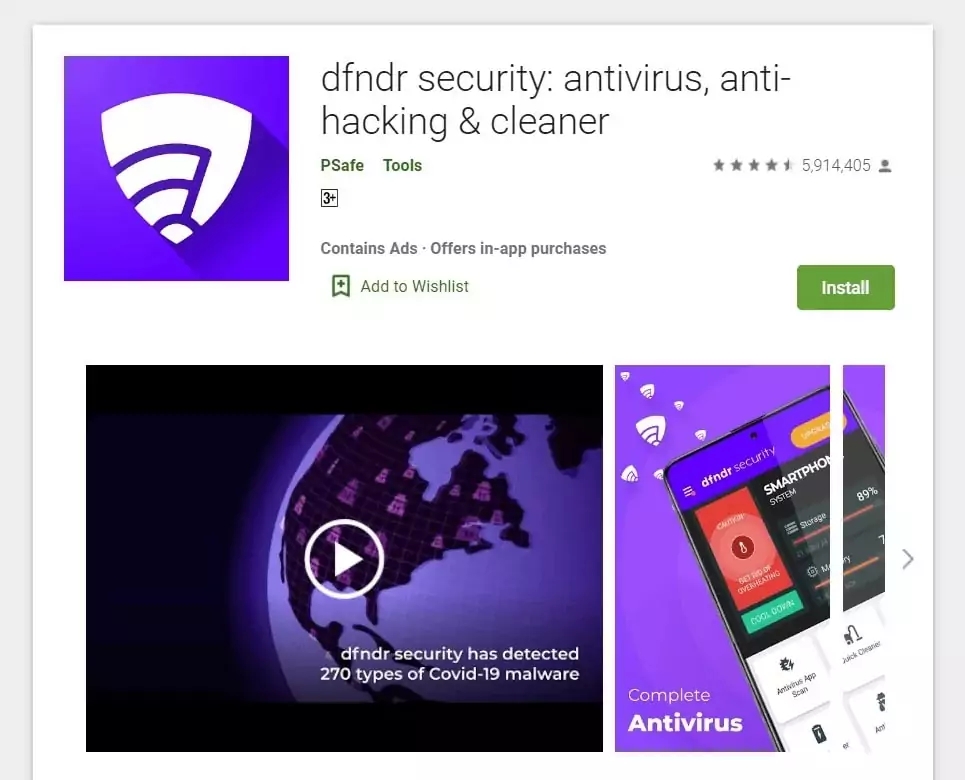
Popunder ads offer several benefits for advertisers. Firstly, they have a higher click-through rate compared to other types of ads, as they are less obtrusive and more likely to be noticed by the user. Additionally, popunder ads are often priced on a cost-per-view (CPV) basis, meaning advertisers only pay when the ad is actually viewed by a user. This makes them a cost-effective advertising option.
From a user's perspective, popunder ads can also be beneficial. While some users may find them annoying, others may actually find value in the ads that are displayed. For example, a user visiting a travel website may find a popunder ad for discounted flights or hotel deals to be helpful and relevant to their interests.
Potential drawbacks

Despite their benefits, popunder ads do have some potential drawbacks. Some users may find them intrusive, especially if they are displayed frequently or on websites that they consider untrustworthy. This can lead to a negative user experience and potentially drive users away from a website.
Additionally, ad-blockers are becoming increasingly popular, and many of them are capable of blocking popunder ads. This can limit the reach of popunder ads and make them less effective for advertisers.
Overall, popunder ads can be an effective tool for capturing user attention and driving engagement, but it is important for advertisers to carefully consider the potential drawbacks and user experience implications before implementing them in their advertising campaigns.
Exploring User Attention
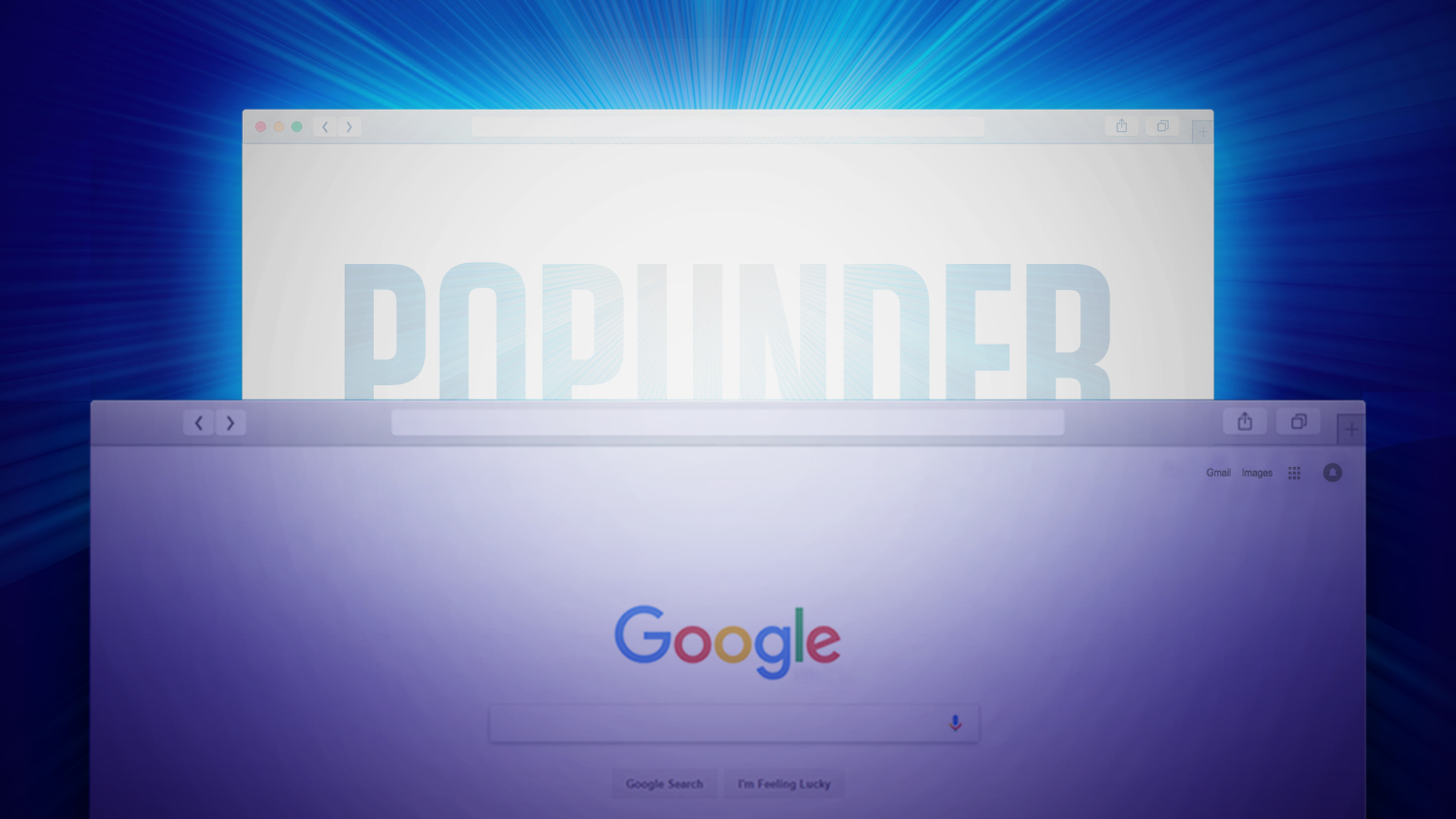
Understanding how popunder ads capture user attention requires exploring the psychology behind human attention. Attention is a cognitive process that enables individuals to focus on specific stimuli while filtering out others. Marketers and advertisers are constantly seeking ways to capture and hold user attention, and popunder ads have become a popular tool in their arsenal.
1. Bottom-up Attention
Popunder ads exploit bottom-up attention, which refers to the automatic and involuntary capture of attention by stimuli that are salient or unexpected. When a user visits a website, they expect to engage with the content on that page. By appearing in a new window behind the main browser window, popunder ads create an unexpected and salient stimulus that captures the user's attention.
Popunder ads typically use visually striking designs and colors to stand out and capture attention.
They often employ motion or animation, which are powerful attention-grabbing cues.
The unexpected nature of the popunder ad enhances its saliency and triggers the user's bottom-up attention.
2. Top-down Attention
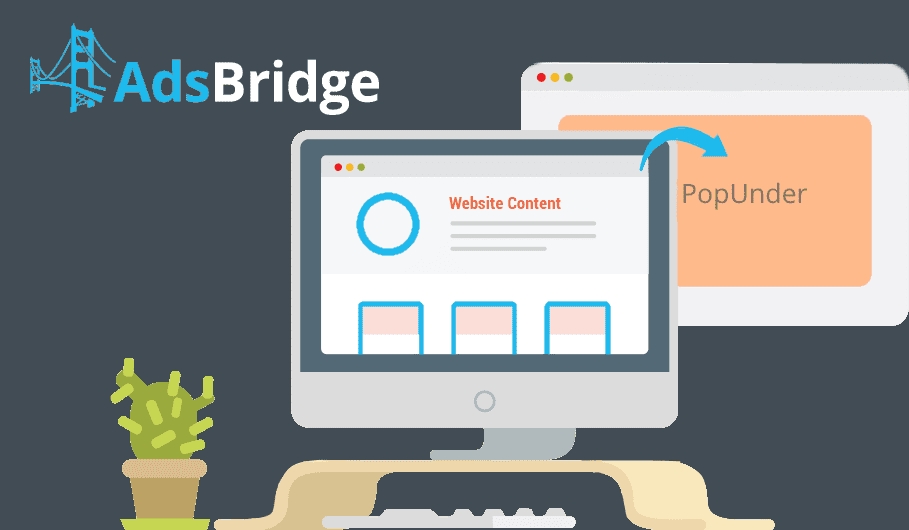
Popunder ads also exploit top-down attention, which refers to the deliberate allocation of attention by the user based on their goals and expectations. Users have specific goals when visiting websites, such as reading an article or making a purchase. However, popunder ads disrupt this goal-directed behavior by diverting the user's attention away from the main website towards the ad content.
To mitigate the negative impact of popunder ads on top-down attention, advertisers often employ strategies to align the ad content with the user's goals:
Relevance: Ads that are relevant to the user's interests are more likely to capture and retain attention.
Personalization: By leveraging user data, advertisers can tailor popunder ads to match the user's preferences, increasing the likelihood of capturing their attention.
Timing: Displaying popunder ads at appropriate moments, such as when the user is about to leave a website, can enhance their effectiveness in capturing attention.
By exploiting both bottom-up and top-down attention, popunder ads are designed to capture user attention effectively. However, it is essential for advertisers to strike a balance between capturing attention and respecting user experience to ensure the success of their advertising campaigns.
The Psychology of Popunder Ads
Popunder ads are designed to capture the attention of users, and their effectiveness lies in the principles of psychology that they utilize. Understanding the psychology behind popunder ads can help advertisers and marketers create more impactful and engaging campaigns.
Capturing Initial Attention
Popunder ads are successful in capturing initial attention because they are unexpected. When a popunder ad appears underneath the current browser window, it surprises the user and interrupts their browsing experience. This surprise factor triggers the user's curiosity and makes them more likely to notice and engage with the ad.
Further, popunder ads often make use of attention-grabbing visuals and eye-catching colors to stand out from the rest of the webpage. These visual elements stimulate the brain's visual processing system and draw the user's attention. Additionally, popunder ads may incorporate movement or animation, which automatically directs the user's focus towards the ad.
Creating an Emotional Response

Popunder ads are also designed to evoke an emotional response from users. By connecting with the user on an emotional level, popunder ads can create a lasting impression and increase the likelihood of conversion.
Advertisers achieve this by incorporating emotionally appealing elements in popunder ads, such as relatable characters, captivating narratives, or inspiring messages. These elements tap into the user's emotions, eliciting feelings of excitement, nostalgia, or empathy, which can influence their decision-making process.
For example, a popunder ad for a travel website may feature a couple enjoying a breathtaking sunset on a tropical beach. This image evokes feelings of relaxation, escapism, and wanderlust, enticing the user to click on the ad to explore and book a vacation.
Utilizing Behavioral Psychology
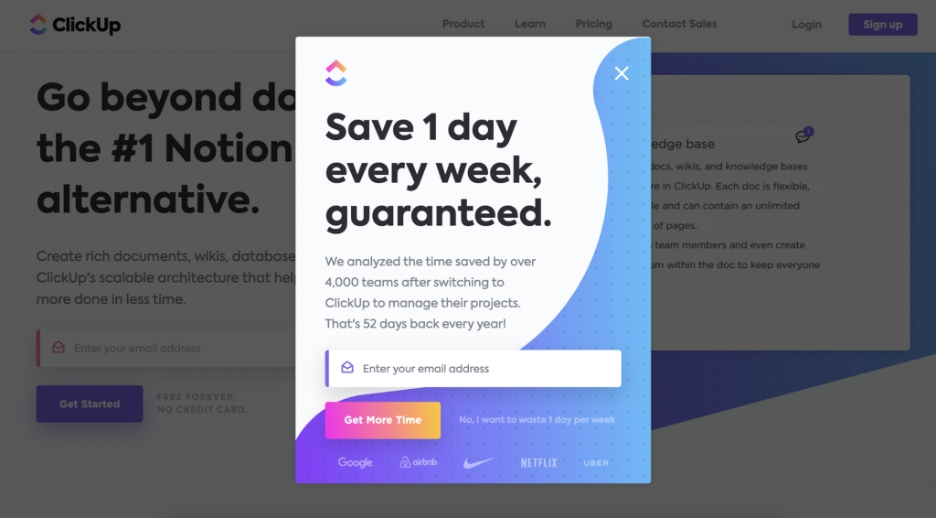
Behavioral psychology principles are also at play in popunder ads. Advertisers leverage concepts such as scarcity, social proof, and the fear of missing out to increase user engagement and conversions.
For instance, popunder ads often incorporate limited-time offers or exclusive discounts to create a sense of urgency. This triggers the user's fear of missing out on a great deal, encouraging them to take immediate action and click on the ad.
Furthermore, popunder ads may include testimonials or social media metrics to establish social proof. Seeing positive reviews or high engagement numbers creates a sense of trust and credibility, making the user more likely to engage with the ad.
In conclusion, the psychology behind popunder ads involves capturing initial attention, evoking emotional responses, and utilizing behavioral psychology principles. By understanding these psychological factors, advertisers can create popunder ads that effectively engage users and drive desired actions.
Elements that Capture Attention
Popunder ads are designed to capture users' attention effectively. Here are some elements that make popunder ads attention-grabbing:
1. Intrusive Nature
Popunder ads are highly intrusive as they open in a new browser window behind the current one. This unexpected behavior often surprises users and grabs their attention. The element of surprise increases the chances of users noticing and engaging with the advertisement.
2. Eye-Catching Graphics
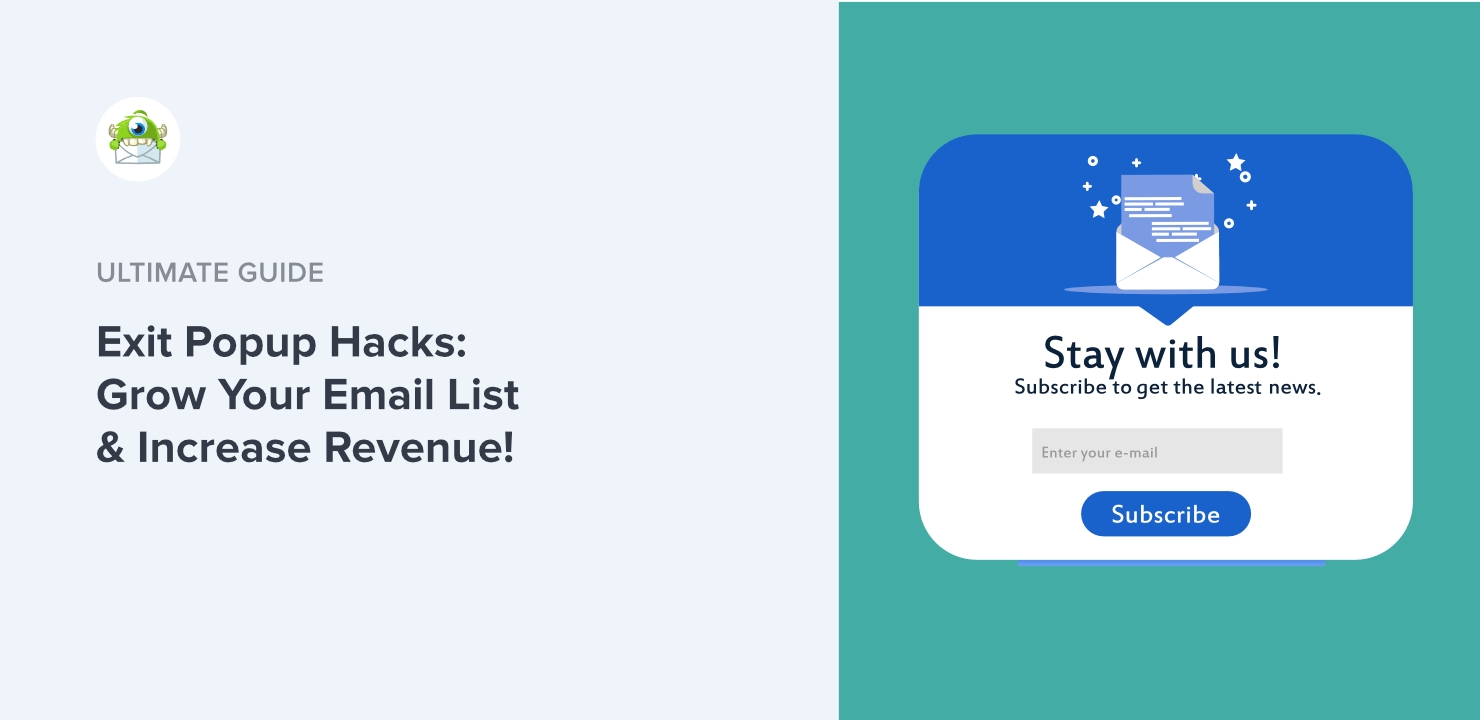
Popunder ads often use eye-catching graphics to capture users' attention. Colorful images, creative designs, and visually appealing elements can make the ad stand out from other content on the webpage. Incorporating engaging visuals can entice users to interact with the ad and explore the promoted product or service further.
3. Compelling Headlines
Effective popunder ads use compelling headlines that pique users' curiosity and compel them to take action. A well-crafted headline can create a sense of urgency, offer a solution to a problem, or promise an exciting opportunity. By capturing users' curiosity, these headlines encourage them to click on the ad and discover more.
4. Well-Placed Call-to-Action (CTA)
The placement of the call-to-action (CTA) button plays a crucial role in capturing users' attention. Placing the CTA in a prominent position and using contrasting colors can make it stand out from the rest of the ad. An effectively placed CTA prompts users to take action, whether it's signing up, making a purchase, or learning more about a product or service.
5. Personalized Messaging
Personalized messaging in popunder ads can significantly enhance user engagement. By tailoring the ad content to specific user demographics, interests, or preferences, advertisers can create a sense of relevancy that captures users' attention. Personalized messages make users feel that the ad is directly relevant to them, increasing the likelihood of interaction and conversions.
Intrusive Nature
The unexpected opening of a new browser window behind the current one.
Eye-Catching Graphics
Colorful images, creative designs, and visually appealing elements.
Compelling Headlines
Engaging and curiosity-inducing headlines that urge users to take action.
Well-Placed Call-to-Action (CTA)
Prominently placed CTAs that stand out and prompt users to take action.
Personalized Messaging
Ads tailored to individual user demographics, interests, or preferences.
In conclusion, popunder ads effectively capture user attention through their intrusive nature, eye-catching graphics, compelling headlines, well-placed CTAs, and personalized messaging. These elements combined help advertisers maximize the impact of their promotional campaigns and drive user engagement.
If you want to explore native traffic sources for popunder ads, you can learn more about it on TrafficStars.
Cognitive Impact of Popunder Ads
Popunder ads have a significant cognitive impact on users due to their intrusive nature and unexpected arrival. Understanding how these ads affect cognition can provide insights into their effectiveness and potential drawbacks.
1. Attention Capture

One of the main cognitive effects of popunder ads is their ability to capture user attention. The sudden appearance of an ad in a separate browser window or tab can interrupt the user's current task and direct their focus towards the ad. This attention capture can be attributed to the novelty and unexpectedness of popunder ads, which can trigger the orienting response in the user's cognitive processing.
Furthermore, popunder ads usually appear in fullscreen or partially cover the content, making them hard to ignore. This visual prominence enhances their attention-capturing abilities, leading to increased exposure and potential engagement.
2. Distraction and Disruption
While popunder ads may initially capture attention, they can also act as distractions and disrupt the user's cognitive flow. As users are forced to divert their attention from the main content or task to close or navigate away from the ad, it interrupts their mental focus and can lead to cognitive load. This cognitive load can negatively impact performance on the primary task, especially for complex or cognitively demanding activities.
Moreover, the intrusive nature of popunder ads can lead to annoyance and frustration, further affecting the user's cognitive experience. These negative emotions can interfere with information processing and memory encoding, as the user's attention and cognitive resources are diverted towards the negative affective state.
Conclusion
The cognitive impact of popunder ads involves attention capture and potential disruption of the user's cognitive flow. While these ads can effectively capture attention and increase exposure, they also have the potential to distract users and negatively impact their cognitive performance. Understanding these cognitive effects can help marketers optimize the design and placement of popunder ads to strike a balance between capturing attention and minimizing negative cognitive outcomes.
Maximizing User Engagement
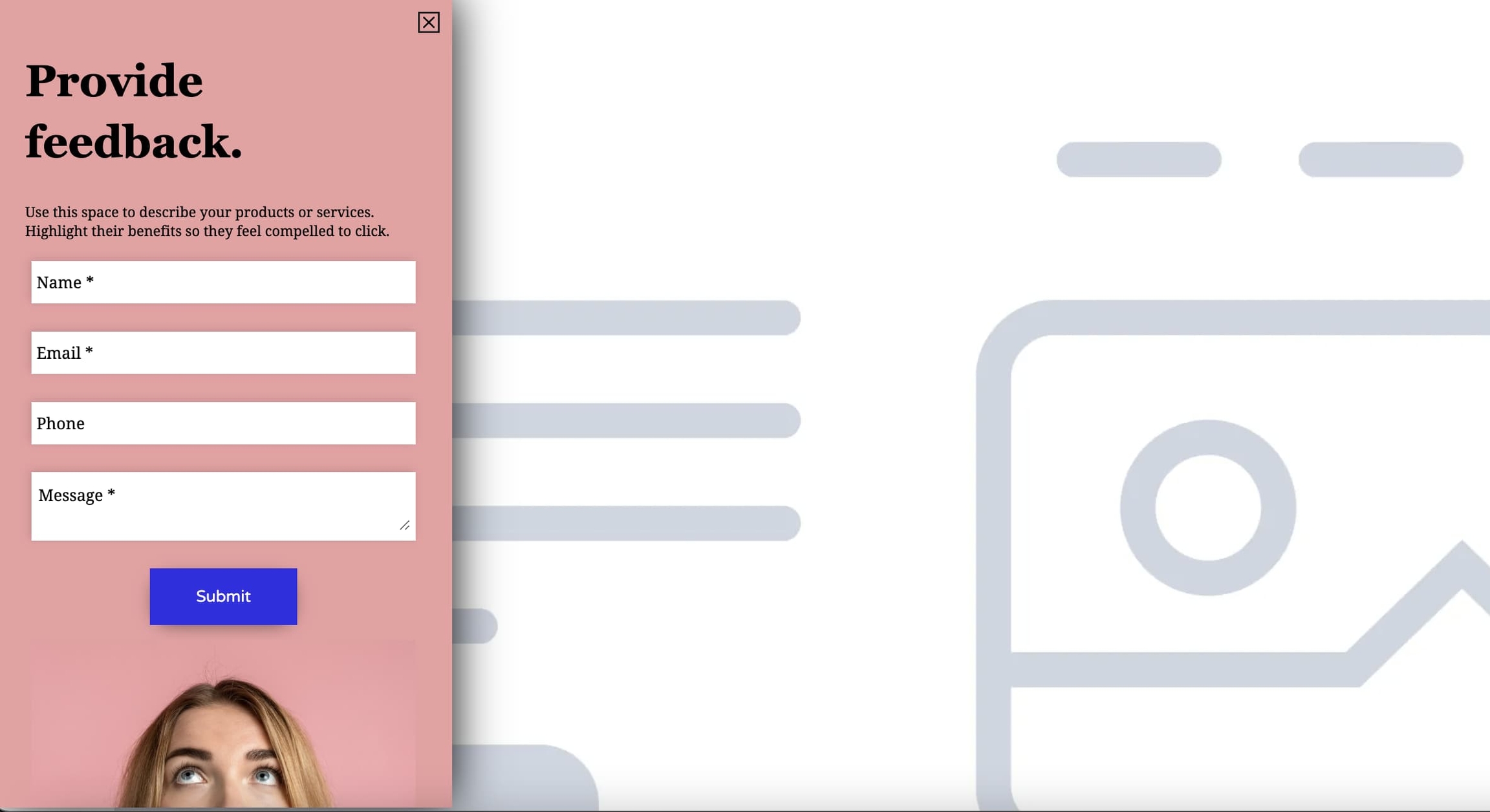
When it comes to popunder ads, capturing user attention is just the beginning. The real goal should be maximizing user engagement and ensuring that the user takes the desired action. Here are some strategies to achieve that:
1. A Compelling Call to Action: A strong and clear call to action is essential to encourage user engagement. Whether it's prompting the user to make a purchase, sign up for a newsletter, or download an app, the call to action should be enticing and straightforward.
2. Relevance: Relevancy is key to capturing user attention and keeping them engaged. Make sure the ad content aligns with the user's interests and needs. Customizing popunder ads based on user demographics or behavior can greatly enhance engagement.
3. Interactive Elements: Including interactive elements in your popunder ads can improve user engagement. Interactive ads, such as quizzes, polls, or games, not only capture attention but also provide an entertaining experience that encourages users to interact with the ad.
4. Personalization: Personalized ads create a sense of connection with the user, making them more likely to engage. By using data-driven targeting and personalized messaging, you can create a more tailored experience that resonates with the user and increases engagement.
5. Test and Optimize: Continuously testing and optimizing your popunder ads is crucial for maximizing user engagement. A/B testing different variations, such as ad design, copy, and placement, can help identify what resonates best with your target audience and optimize for higher engagement rates.
6. Honesty and Transparency: Building trust with users is important for engagement. Being honest and transparent about the purpose of the ad, any data collection, and the intended user experience can help establish credibility and encourage users to engage with your popunder ads.
7. Mobile Optimization: With the majority of internet users accessing content on mobile devices, it's crucial to optimize your popunder ads for mobile. Ensuring that your ads are responsive, load quickly, and provide a seamless user experience on mobile devices can significantly improve engagement.
By implementing these strategies, you can maximize user engagement with your popunder ads and increase the likelihood of users taking the desired action. Remember to constantly assess and refine your approach to ensure continued success.
What are popunder ads?
Popunder ads are a type of online advertising that open in a new browser window behind the user's current window.
How do popunder ads capture user attention?
Popunder ads capture user attention by opening in a new window behind the user's current window, creating an element of surprise and curiosity.
Are popunder ads effective in attracting users?
Yes, popunder ads can be effective in attracting users because they disrupt the user's browsing experience and draw attention to the ad.
What factors contribute to the success of popunder ads?
Several factors contribute to the success of popunder ads, including the timing of the ad, the relevance of the content, and the design of the ad.
What are some best practices for creating popunder ads?
Some best practices for creating popunder ads include keeping the ad relevant to the user's interests, avoiding excessive use of sound or animation, and providing a clear call-to-action.
What are popunder ads?
Popunder ads are a type of online advertising that appear behind the main browser window, rather than in front of it. They are triggered when a user visits a website and are designed to capture their attention without interrupting their browsing experience.
How do popunder ads capture user attention?
Popunder ads capture user attention by appearing behind the main browser window, which allows them to be seen once the user closes their current window or tab. This unexpected placement can make the ads more noticeable and intriguing to users, increasing the likelihood that they will engage with the ad.
Buy CPC Traffic | Buy Display Ads | Exclusive traffic sources | Buy Push Ads | Popunder ADS | Buy Native Ads | Buy Preroll Ads
2022-2024 @ The Science Behind Popunder Ads: How They Capture User Attention